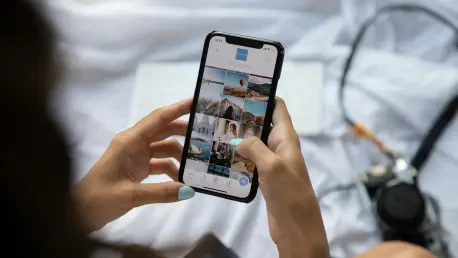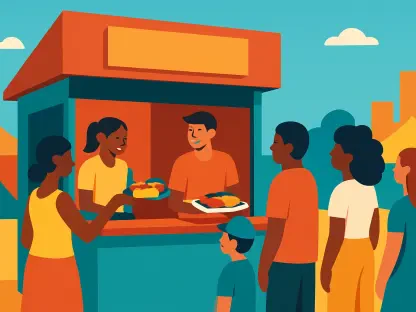I’m thrilled to sit down with Katarina Railko, a seasoned expert in hospitality with a rich background in travel and tourism. Katarina has not only honed her expertise in the industry but also stands as a prominent voice in entertainment and events, often sharing her insights at expos and conferences. Today, we’re diving into the latest innovations from a leading travel platform, focusing on new social features for activity bookings, enhanced app functionalities, and how these updates are reshaping the way travelers connect and plan their journeys.
How do the new social features for activity bookings enhance the travel experience for users?
I’m really excited about these updates because they truly transform how travelers engage with each other. The idea is to build a sense of community before, during, and after an activity. For instance, users can now see who else is joining a specific tour or event, which adds a layer of familiarity and excitement. It’s about creating those human connections that make travel so special—whether it’s chatting with someone beforehand or reconnecting afterward. We’ve seen from surveys that a majority of travelers crave this kind of insight into who they’ll be sharing their experiences with, and these tools make that possible.
What inspired the push to integrate social connection tools into the platform?
The inspiration comes from a deep understanding of what travelers value most—authentic, meaningful interactions. Travel isn’t just about the destination; it’s about the people you meet along the way. We noticed a gap where users wanted more opportunities to connect with fellow adventurers, whether to share tips or simply build camaraderie. By weaving in these social elements, the platform aims to mirror the real-world connections that happen organically when you’re exploring a new place, but in a digital, accessible way.
Can you walk us through how the direct messaging feature works for these booked activities?
Absolutely. The direct messaging feature allows users to reach out to others who are part of the same booked activity. It’s not a free-for-all; you can only message within the context of a shared experience, which keeps things relevant and focused. Users can request to chat with someone they’ve met during an activity, making it easy to follow up on a great conversation or plan a future meet-up. It’s all designed to be user-friendly and tied directly to the shared experience, ensuring interactions feel natural.
How does the platform balance user privacy with these new social tools like messaging and profile visibility?
Privacy is a top priority. Users have full control over what they share and with whom. For example, you can choose whether to display your profile to others in a booked activity, and even if you do, you decide what information is visible. There are also options to opt out entirely if you prefer to keep things private. On the messaging side, safeguards ensure that communications are secure and tied to specific experiences, so there’s no unsolicited contact. The goal is to foster trust while giving everyone the freedom to engage on their terms.
What’s the significance of the Connections section in a user’s profile, and how can travelers make the most of it?
The Connections section is a fantastic addition because it acts as a digital memory book of the people you’ve met during your travels. After an activity, you can view and reconnect with those you shared the experience with, which is perfect for staying in touch or planning future adventures together. It’s all about sustaining those fleeting but impactful connections that often happen on the road. Travelers can use it to send a quick message or even just reminisce about a shared moment, keeping the spirit of travel alive long after the trip ends.
Turning to the broader app updates, how do the smarter search and improved map tools make trip planning easier for users?
These updates are game-changers for planning. The smarter search now suggests options just outside your initial criteria—like homes with similar pricing or different amenities in nearby areas—which gives travelers more flexibility without overwhelming them. The map tools are equally impressive, with filters for landmarks, restaurants, and attractions, so you can visualize your trip better. Plus, upcoming features like satellite and transit views will add even more depth to how users explore and decide on locations. It’s all about reducing friction and making the process more intuitive.
What advancements have been made to the AI-powered customer support, and how do they improve the user experience?
The AI enhancements are really exciting. The assistant now recognizes individual users and their specific bookings or listings, so the responses are much more personalized. It can handle tasks like cancellations directly in the app, saving time and hassle. Plus, it’s rolling out to more languages and regions, which broadens accessibility. The focus is on making support seamless—whether you’re a host or a guest, you get quick, relevant help without jumping through hoops.
What’s your forecast for the future of social features in travel platforms like this one?
I think we’re just at the beginning of seeing how social features can redefine travel platforms. As technology evolves, I expect even deeper integration of community-building tools—think virtual meet-ups before a trip or AI-driven suggestions for connecting with like-minded travelers. Privacy and security will remain critical, but the demand for authentic connections will push platforms to innovate further. We might even see features that blend social media elements with travel planning, creating a more holistic experience where discovery and connection go hand in hand.









